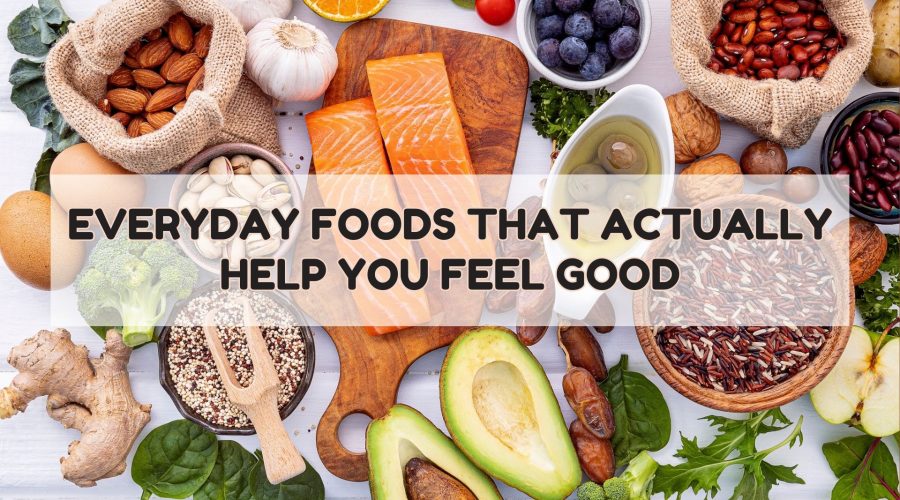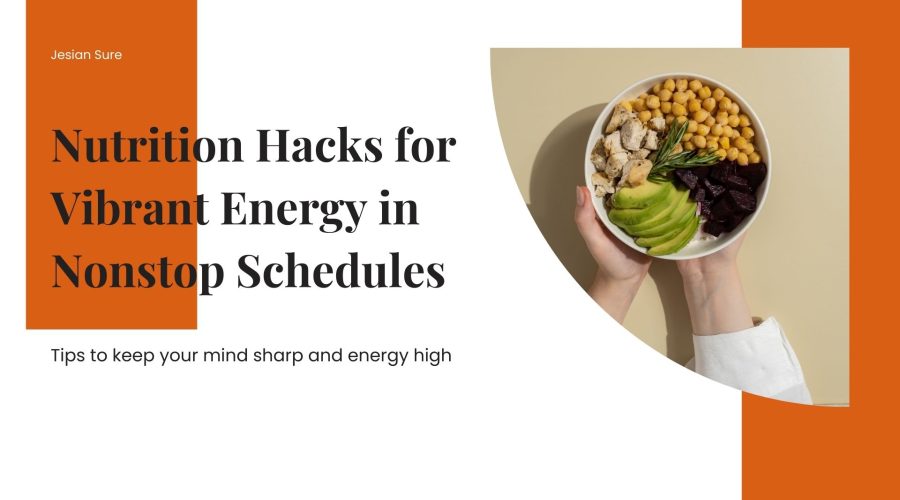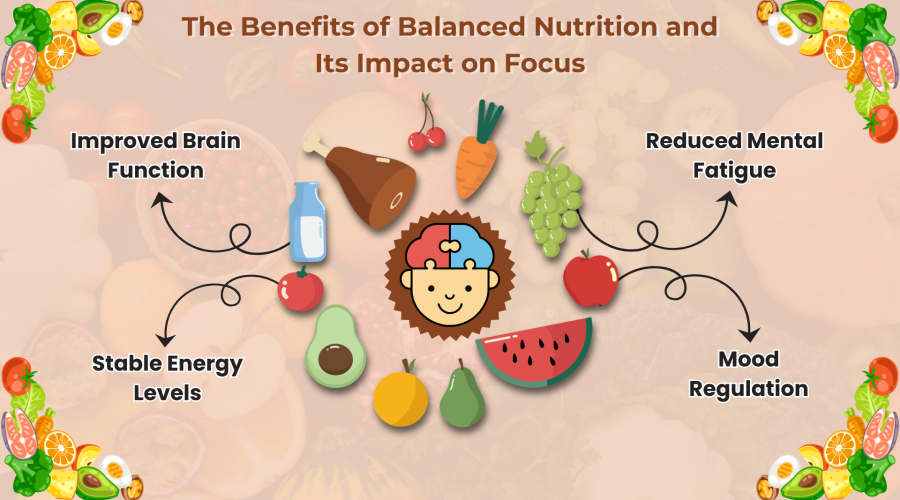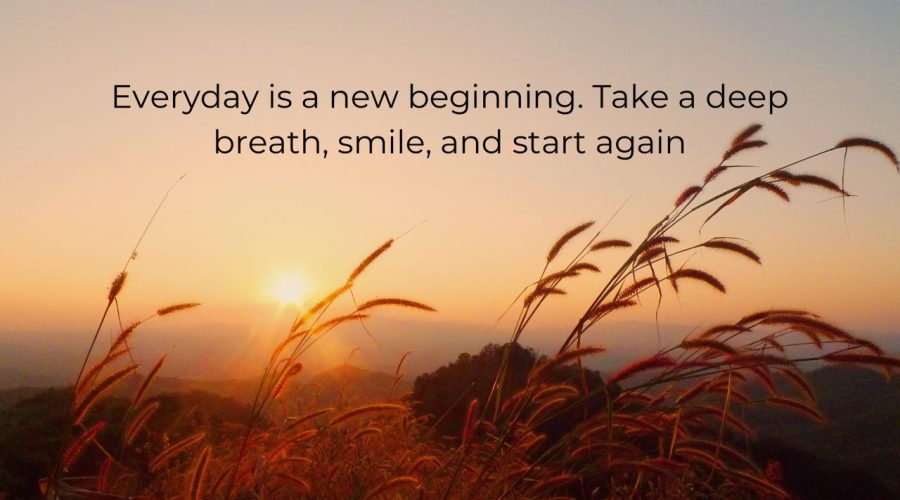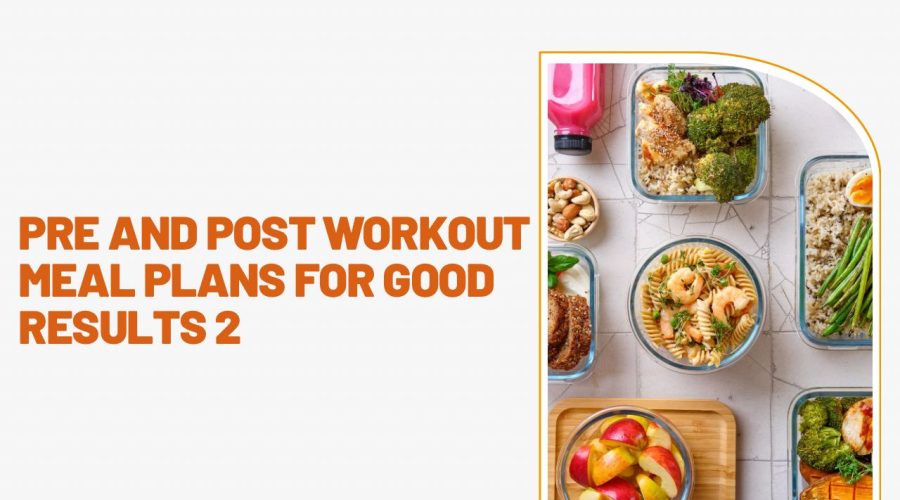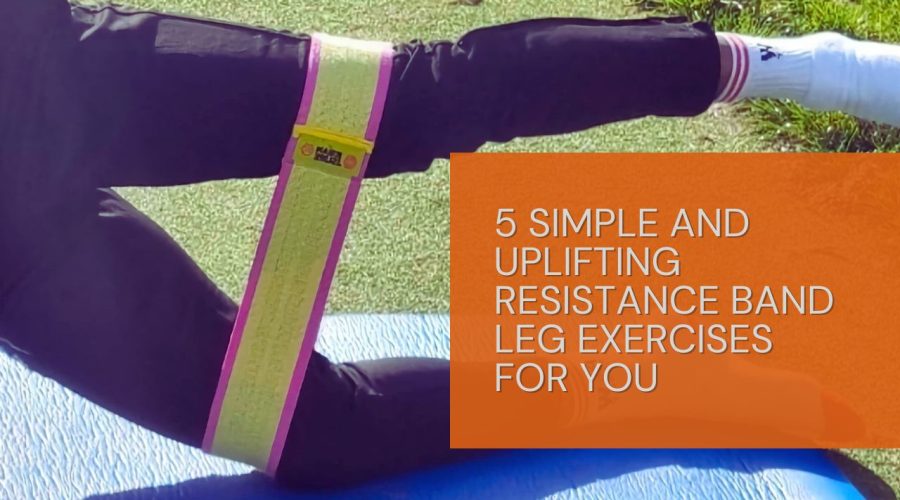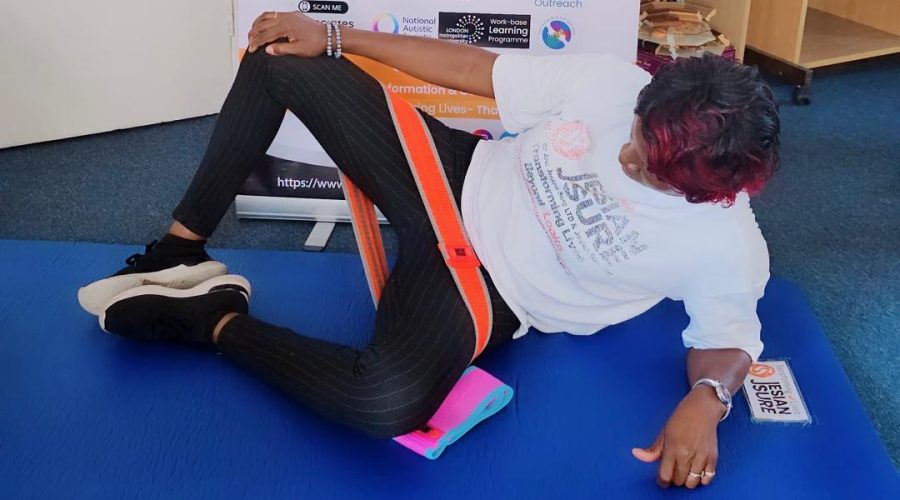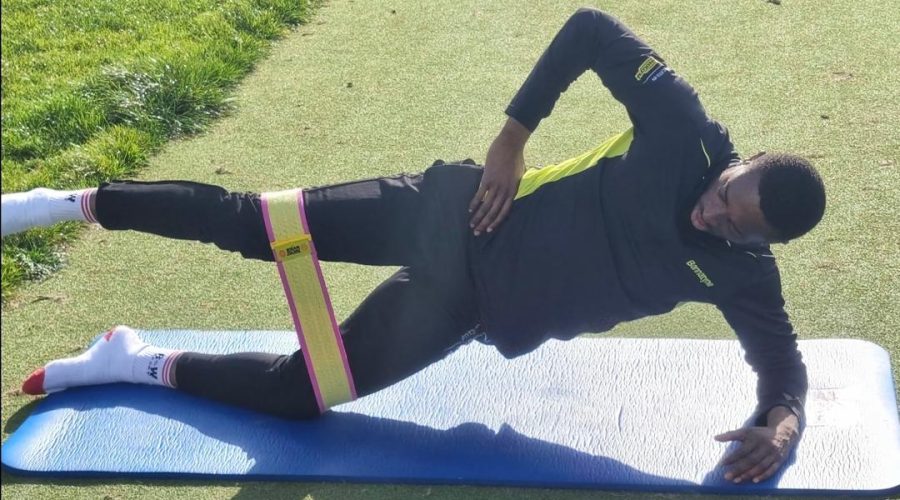Powerful Foods That Offer Relief from Daily Health Burdens
Let’s be real; life can get hectic. Between work, family, and trying to squeeze in a bit of “me time,” it’s easy to overlook how our bodies are feeling until something starts to feel off. Maybe it’s the constant fatigue, the post-lunch bloat, or that brain fog that hits right when you need to focus. Sound familiar?
Well, here’s the good news: sometimes the answer isn’t a prescription or an expensive supplement, it’s just eating the right foods. Yep, your kitchen might already hold the key to feeling better. Let’s walk through some everyday health issues and the foods that can actually help you manage them, naturally.
Feeling Tired All the Time?
The Issue: Low Energy or Chronic Fatigue
We’ve all been there; dragging ourselves through the day, no matter how much coffee we chug. That constant tiredness can be caused by anything from poor sleep and low iron levels to unbalanced blood sugar.
The Fix: Oats
Oats are a solid way to start your day. They’re packed with complex carbs and fiber that keep your blood sugar steady and energy levels stable. Plus, they’ve got iron and B vitamins to help your body turn food into fuel.
Bloated and Uncomfortable After Meals?
The Issue: Digestive Woes and Bloating
Whether it’s gas, constipation, or that uncomfortable “food baby” feeling, digestive issues are no fun. They can be triggered by poor gut health, food intolerances, or stress.
The Fix: Ginger
This spicy root does wonders for your stomach. Ginger helps food move smoothly through your digestive system, eases cramps, and even reduces bloating. It’s like a reset button for your gut.
Stressed Out or Anxious Lately?
The Issue: Chronic Stress or Anxiety
Anxiety can sneak in and stick around, tight chest, racing thoughts, restlessness. Long-term stress also drains your immune system and messes with your mood.
The Fix: Avocados
Not only are they creamy and delicious, but avocados are rich in magnesium, a natural stress-reliever. They also have healthy fats and B vitamins that support brain health and mood balance.
Struggling to Stay Focused?
The Issue: Brain Fog
You know that feeling when your head is in the clouds and concentrating feels impossible? That’s brain fog. It’s often linked to poor sleep, inflammation, or nutrient gaps.
The Fix: Salmon
Salmon is a superstar brain food. It’s loaded with omega-3s that keep your brain sharp and focused. These healthy fats reduce inflammation and support memory, attention, and even mood.
Getting Sick Too Often?
The Issue: Weak Immune System
If you’re always catching colds or taking forever to bounce back, your immune system might need a little help.
The Fix: Berries
Strawberries, blueberries, raspberries; take your pick. They’re full of vitamin C and antioxidants that help your body fight off illness and recover faster.
Dealing with Muscle Cramps or Aches?
The Issue: Sore Muscles or Night-Time Leg Cramps
These can come from dehydration or a lack of key minerals like magnesium and potassium.
The Fix: Bananas
Bananas are rich in potassium, which helps your muscles relax and function properly. They’re also super convenient, perfect for an on-the-go snack.
Struggling with Joint Pain or Inflammation?
The Issue: Aches, Swelling, or Stiffness
Chronic inflammation can cause joint pain and make simple tasks feel exhausting.
The Fix: Turmeric
Turmeric contains curcumin, a powerful anti-inflammatory that’s been used for centuries. It can help ease joint discomfort and improve flexibility.
Dealing with PMS or Mood Swings?
The Issue: Hormonal Ups and Downs
Cravings, cramps, irritability… PMS can throw you off balance in more ways than one.
The Fix: Leafy Greens
Spinach, kale, and collards are rich in magnesium, calcium, and iron which are all key for easing mood swings, reducing cramps, and keeping your hormones in check.
You don’t need a total diet overhaul to start feeling better. Sometimes, it’s about making small, thoughtful changes that add up over time. Always Listen to your body, nourish it with foods that support what it’s asking for. And most importantly, don’t stress perfection; progress is more powerful.
